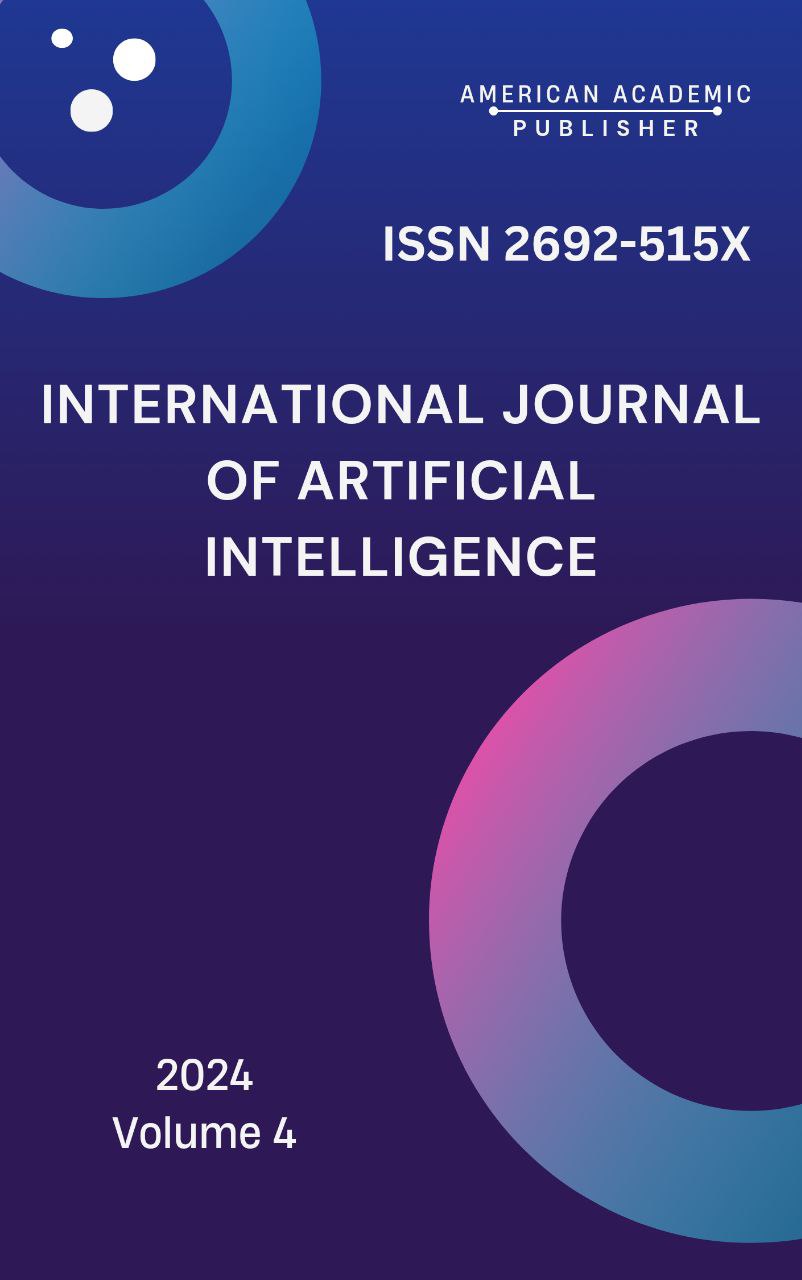 Articles
| Open Access |
Articles
| Open Access | AI AND EDUCATION: HOW ARTIFICIAL INTELLIGENCE IS TRANSFORMING LEARNING
Ozodova Sevinchbonu , Samarkand state institute of foreign languagesAbstract
Distance teaching of English has transformed the landscape of language education, leveraging technology to enhance accessibility and flexibility for learners around the globe. This paper explores the distinctive features of distance English teaching, including its pedagogical approaches, technological integration, and learner engagement strategies. Key characteristics such as asynchronous and synchronous learning modalities, the use of multimedia resources, and online assessment methods are examined. Additionally, the importance of fostering a sense of community among learners through virtual interactions is highlighted. The challenges associated with distance teaching, such as maintaining motivation and ensuring effective communication, are also discussed. Ultimately, this study emphasizes that while distance teaching presents unique obstacles, it also offers innovative opportunities for enhancing English language proficiency through personalized learning experiences and diverse instructional methodologies.
Keywords
Effective communication, the global lingua franca, virtual interaction, cultural exchange opportunities, geographical barriers
References
Moore, M. G., & Kearsley, G. (2012). Distance Education: A Systems View of Online Learning. Cengage Learning.
Anderson, T., & Dron, J. (2011). "Three generations of technology in distance education." In Proceedings of the World Conference on E-Learning in Corporate, Government, Healthcare, and Higher Education (pp. 1-10). Association for the Advancement of Computing in Education (AACE).
Article Statistics
Downloads
Copyright License

This work is licensed under a Creative Commons Attribution 4.0 International License.

